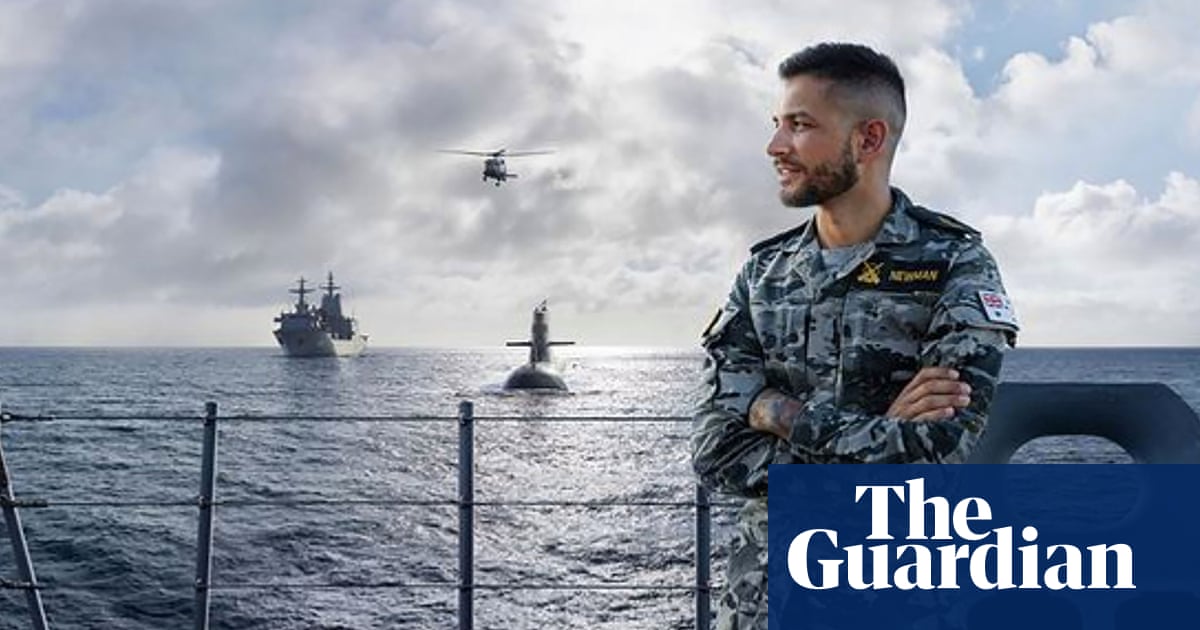Czech_pivo
Army.ca Veteran
- Reaction score
- 3,180
- Points
- 1,260
How does this pay compare to ours - Victoria class sub to a future Australian nuc boat? What about a US nuc boat? Seems like the Australians know how to dangle a carrot in order to drive recruitment numbers in the right direction.
The Australian Navy is offering high school graduates “with no experience at all” up to $120,000 to become nuclear submarine officers who will eventually manage nuclear reactors and weapons systems.
The recruitment drive has been launched despite Defence not being expected to receive a Virginia-class submarine from the US as part of the Aukus deal until at least the early 2030s and amid warnings of cost blowouts and delays. - WOW, imagine being that pro-active in trying to drive up recruitment when you know that the need is not required for another 7-8yrs. Talk about foresight!
A Defence spokesperson said the hiring drive was part of a long-term strategy to ensure it had enough specialist staff to deploy the submarine once acquired.

 www.theguardian.com
www.theguardian.com
Australian navy advertises nuclear submarine job with $120,000 salary and ‘no experience’ needed
The Australian Navy is offering high school graduates “with no experience at all” up to $120,000 to become nuclear submarine officers who will eventually manage nuclear reactors and weapons systems.
The recruitment drive has been launched despite Defence not being expected to receive a Virginia-class submarine from the US as part of the Aukus deal until at least the early 2030s and amid warnings of cost blowouts and delays. - WOW, imagine being that pro-active in trying to drive up recruitment when you know that the need is not required for another 7-8yrs. Talk about foresight!
A Defence spokesperson said the hiring drive was part of a long-term strategy to ensure it had enough specialist staff to deploy the submarine once acquired.

Australian navy advertises nuclear submarine job with $120,000 salary and ‘no experience’ needed
Defence outlines long-term strategy to staff US-built Virginia-class submarines expected in 2030s as part of Aukus deal




